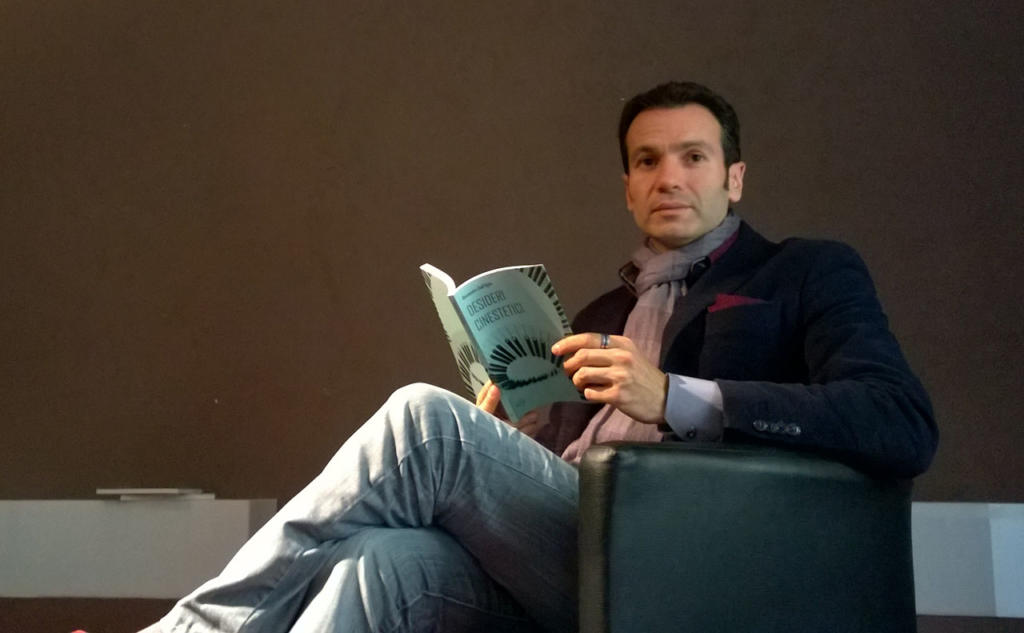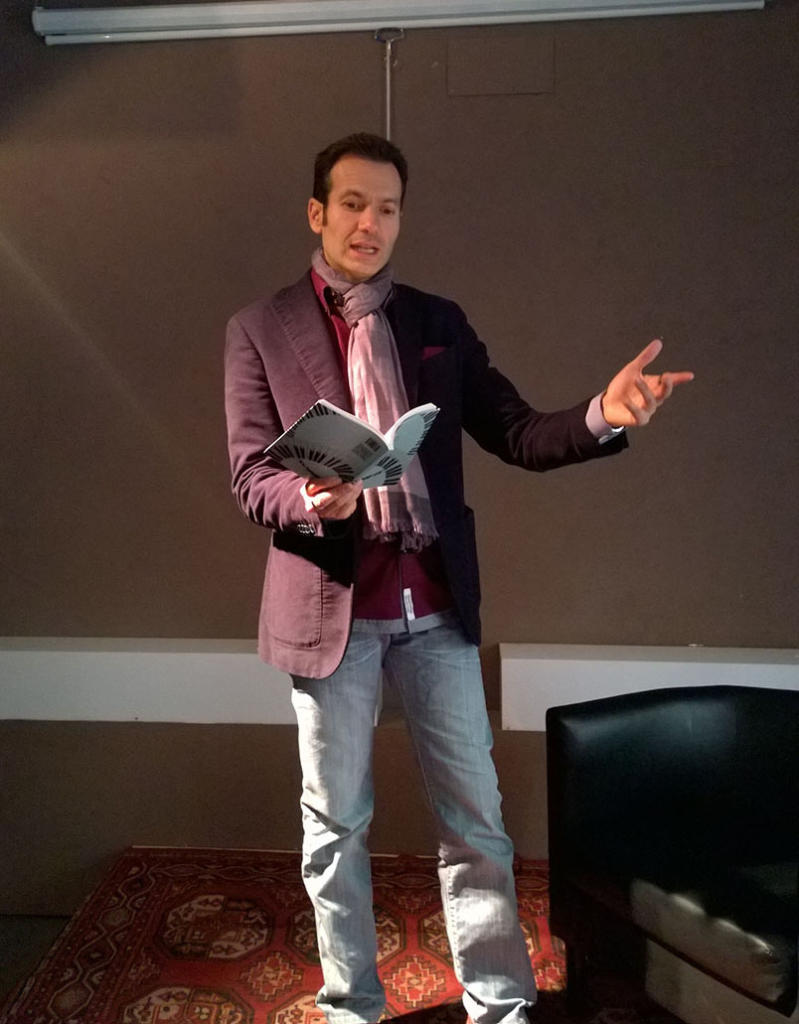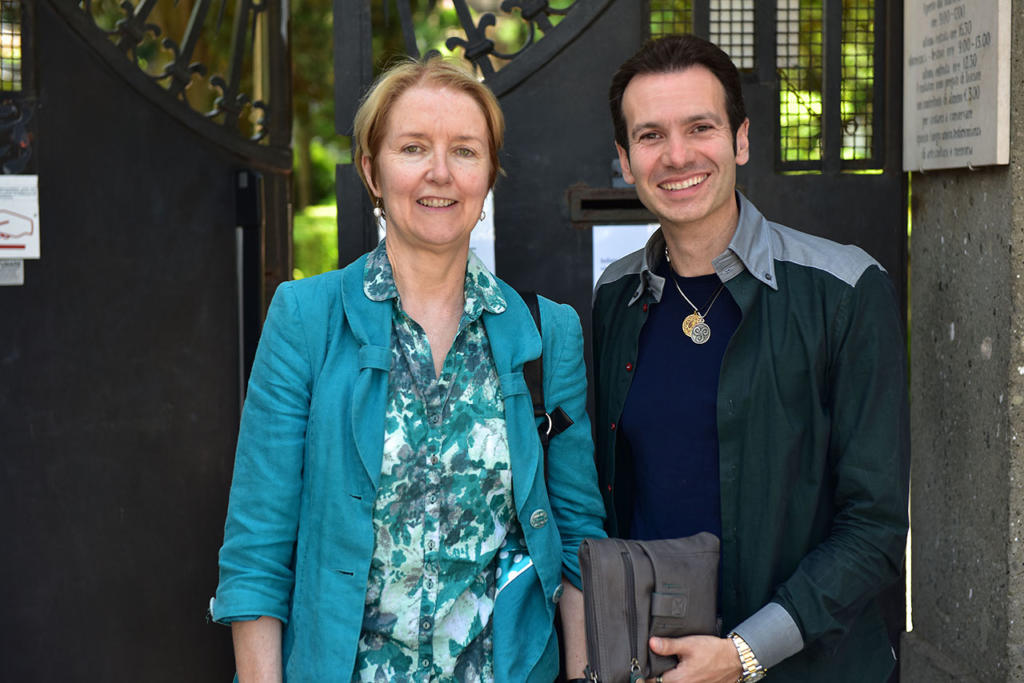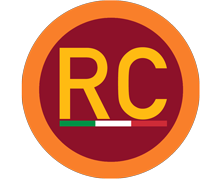 Could you summarize your personal journey and the steps that led you to make the decision to become a patron?
Could you summarize your personal journey and the steps that led you to make the decision to become a patron?
- My initial training was mainly economic, but it was a path too drawn and sketched on tracks straight and parallel that left little room for my true creativity. Even the master in human resources diversifying my skills, but I did not give me the opportunity to express good potential, especially in my direction, that is what I felt strong inside. Literature I had always been interested and that was how the first artistic careers coincided with the activity of writer and poet, from which sprang the five books published to date. But my interest and my curiosity for all forms of art and went far beyond the coincidence of the achievement of a literary prize was the ideal springboard for me to deepen further the arts in which my ability was just the curiosity to discover and exploit the other people’s talents also in fields of art that I had less close.
 What aspects of the world of arts and letters have affected you, and motivated you to commit yourself personally?
What aspects of the world of arts and letters have affected you, and motivated you to commit yourself personally?
- While in literature and poetry had very clear what to say and how to say it, in the other arts I have always had a preference for visual ones, where I learned by a spectator. But the study of the history of art and my passion for the many guided tours in which I participated, were led by a teacher of art, history and ancient literature by the name of Laura Angelelli. At that time I met the figure of Carlo Pretto, who pushed me towards the first publications in what was the very first to see my poems still embryonic. Immediately I picked up his lobbying because I recognized in him the qualities of success both as a writer and as a teacher of life, in every field, not only humanistic but also scientific. It was instead Achille Maria Lotto reading for the first time my work in public, recently published and give those different intonations that widened the range of communication. I learned from that experience now, evolving all future compositions in synesthetic sense, but without detracting from hermeticism of “essential oil art” provided it has a poetry.
What does it mean for you the word patron and how do you reconcile the tradition with this? Or which characteristics must have a patron in the world today and what unites and divides the figure of the modern patron from that of past centuries?
- The word patron has meaning for me that brings me directly to the source, or the associate at the very root, the historical figure of Gaius Cilnius Maecenas. With him I shared maternal roots and many aspects of the character. However over the centuries patronage it was then associated with major clients, such as popes, kings and princes of the court. They served it so much fame and fortune but also capital to attract and develop the talents of the past. But today, in a globalized and connected world, it is easier to make contact with new artists and to help them or exploit with an outlay necessarily more moderate. A patron today must be simply connected, centered and ready. But above all desire to do and learn even the arts that does not express on their own, because in fact today the patron cannot ignore that he himself is an artist to understand the countless new manifestations of human artifice.
Your commitment is deeply rooted in your city, Rome, and especially in the historic district of Garbatella. What has this connotation your choice, even considering the characters and symbols specific to your area of choice?
- I was born in Rome and the gentle Garbatella is the first quarter where I chose to live. In fact, even after having lived at Poggio della Montagnola, I wanted to live closer to the baroque and historic neighborhood, just because I got to enjoy the post-industrial and cultural revaluation, for which today we can find daily tour groups or Romans themselves, visit, photograph and learn with great interest the history of this district and the economic renaissance of the capital that began shortly after the First World War. But not only, without resorting to the greats of the past who have resided or scenes shot in this wonderful natural setting that has consistently delivered an exceptional choreography to those who have known how to find, today has also become home to many cultural events including my beloved festival Diecilune, for the fifth edition of which I have preferred the institutional forum of “Coworking Millepiani“.
Which are your criteria in choosing the patron interventions?
- In the selection of the artists to be valued, the first criterion is always that of talent. Subsequently, a patron must often introduce the earth element in the artist that is generally lacking and so for this reason the second criterion is that of humility that should have all the people, who are more or less established. Finally it is very important to resonate or confluence with the artists to recognize in them something that is in your hand, so that it is motivating to approach as patron. People like Vittorio Beltrami and Andreas Romagnoli for example, are real “top” in the value people and they share the same values in the gallery “Curva Pura” near the gasometer. From them I learned for example that buying works maybe censored as “Penis” by Maria Letizia Avato alias “Sambiagio” will certainly be a good investment, as well as enriching for the artist herself.
 Your commitment to the enhancement of the Non-Catholic Cemetery in Rome was and is a concrete and practical. Can you tell us about your recent initiatives in this respect? You can also tell us whether the commitment to the Non-Catholic Cemetery is also a way, both symbolic and concrete, to emphasize the importance of freedom expression in life?
Your commitment to the enhancement of the Non-Catholic Cemetery in Rome was and is a concrete and practical. Can you tell us about your recent initiatives in this respect? You can also tell us whether the commitment to the Non-Catholic Cemetery is also a way, both symbolic and concrete, to emphasize the importance of freedom expression in life?
- I think that in life often go against is the best way to walk the paths and steps. First meet the needs of eternal or transcendent for me is before many of the other challenges too dispersive and contingent. So I refer to the question of non-Catholic cemetery that for me is the most important and beautiful open-air museum of Rome. The director Amanda Thursfield gave me the opportunity to do works of beauty and truth through the instrument of the restoration, so I paradoxically became in debt with her for what I have funded. For this reason, I will donate to her and to the cemetery also a sculpture commissioned Gianfranco Malorgio, which is a rose of marble. This is a work inspired by my recent poetry written in this holy place and the metaphysical flavor. Also on the occasion of the historic 300-th anniversary, to which there are only a few months I volunteered to be among the sub-sponsor of the commemorative exhibition to be held at the museum house of Goethe in Via del Corso.


- In future projects, in addition to the one just explained above, there is definitely a commitment to enhance the theater. The flow of universal energy made me in contact to the master Marco Belocchi to which I would like to entrust the direction of the implementation stage of a novel-masterpiece of a great Russian writer of the twentieth century, hoping to be able to work with that group of artists that I fully estimate at this time for all the works that are interpreting and implementing different romans stages. I refer primarily to Maurizio Canforini, the artist most complete I have ever known, but also to Vanina Marini and Erika Puddu already protagonist in the last theater company “Merchant of Venice” and many other works, until reaching the talent of Laura Monaco which alternates the important role in Shakespeare’s Coriolanus that of artistic director of the “L’Aura” theater.
IVANO MUGNAINI si è laureato all’Università di Pisa. È autore di narrativa, poesia e saggistica.
Scrive per alcune riviste, tra cui “Nuova Prosa”, “Gradiva”, “Il Grandevetro”, “Samgha”, “L’ Immaginazione”. Cura il blog letterario DEDALUS: corsi, testi e contesti di volo letterario, www.ivanomugnainidedalus.wordpress.com.
Ha curato la rubrica “Panorami congeniali” sul sito della Bompiani RCS. Suoi testi sono stati letti e commentati più volte in trasmissioni radiofoniche di Rai – Radiouno. Collabora, come autore e consulente, con alcune case editrici. Cura e dirige i “Quaderni Dedalus”, annuari di narrativa contemporanea.
Ha pubblicato le raccolta di racconti LA CASA GIALLA e L’ALGEBRA DELLA VITA , i romanzi IL MIELE DEI SERVI e LIMBO MINORE.
L’algebra della vita (Greco & Greco, 2011), Inadeguato all’eterno (Felici editore, 2008), Il tempo salvato (Blu di Prussia, 2010)
Tra i critici ed autori che si sono occupati della sua attività letteraria ricordiamo: Vincenzo Consolo, Gina Lagorio, Ferdinando Camon, Raffaele Nigro, Giorgio Saviane, Paolo Maurensig ed altri.

Rome Central, magazine for residents and tourits liked this on Facebook.
Alessandro Dall’Oglio liked this on Facebook.